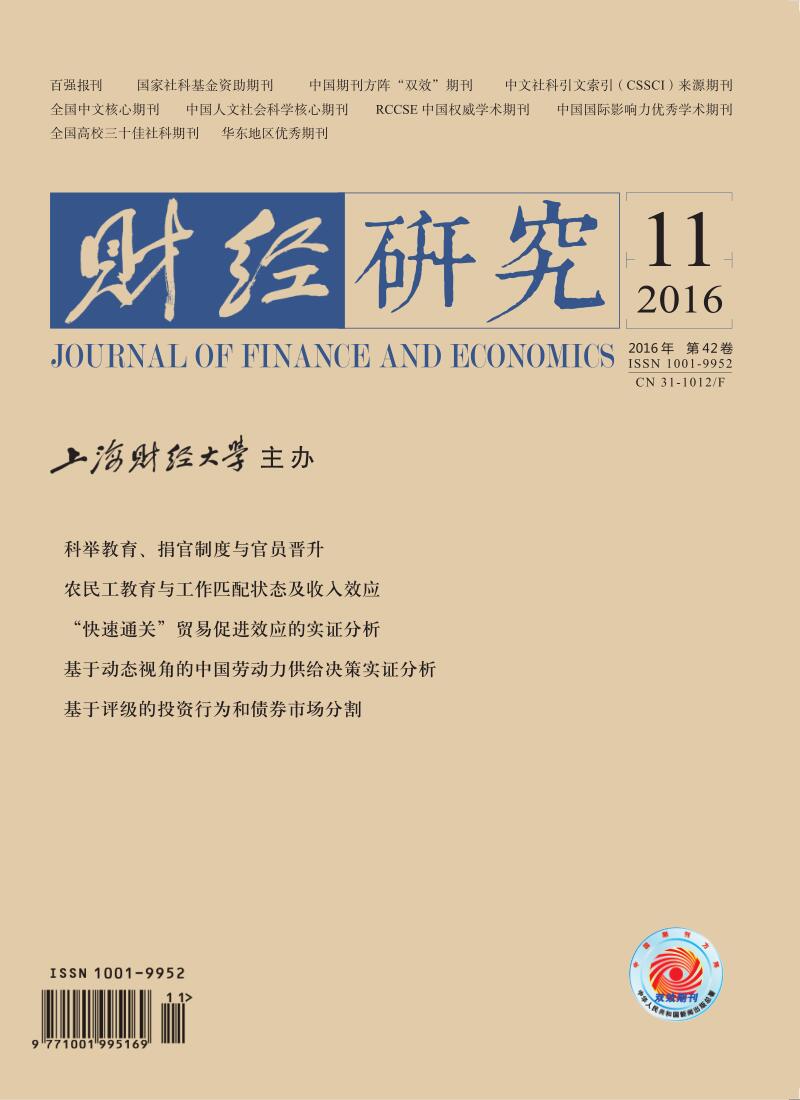From the perspective of education-occupation matching and wage effect, this paper uses actual matching method to evaluate the situation of migrant workers' education-occupation matching based on the CGSS data in 2013, and further employs D-H model and V-V model to estimate the wage effect of education accepted by migrant workers. And accordingly, it discusses education benefits and penalties. It reaches the conclusions as follows: firstly, migrant workers obtain the highest education benefits in terms of education-occupation matching; secondly, as for the group of migrant workers, there is higher possibility of under-education, but there is still over-education; thirdly, male migrant workers have wage premiums resulting from over-education and wage discounts resulting from under-education, but female migrant workers do not have such characteristics; fourthly, in the short term, employers not only are willing to pay wage premiums to over-educated migrant workers, but also discount wages for under-educated migrant workers.
 / Journals / Journal of Finance and Economics
/ Journals / Journal of Finance and EconomicsJournal of Finance and Economics
LiuYuanchun, Editor-in-Chief
ZhengChunrong, Vice Executive Editor-in-Chief
YaoLan BaoXiaohua HuangJun, Vice Editor-in-Chief
Migrant Workers' Education-occupation Matching and Wage Effect in China
Journal of Finance and Economics Vol. 42, Issue 11, pp. 32 - 43 (2016) DOI:10.16538/j.cnki.jfe.2016.11.003
Abstract
References
Abstract
Cite this article
Yeerkenbai Suqin, Wu Shanlin. Migrant Workers' Education-occupation Matching and Wage Effect in China[J]. Journal of Finance and Economics, 2016, 42(11): 32–43.
Export Citations as:
For
ISSUE COVER
RELATED ARTICLES




 7083
7083  5836
5836

